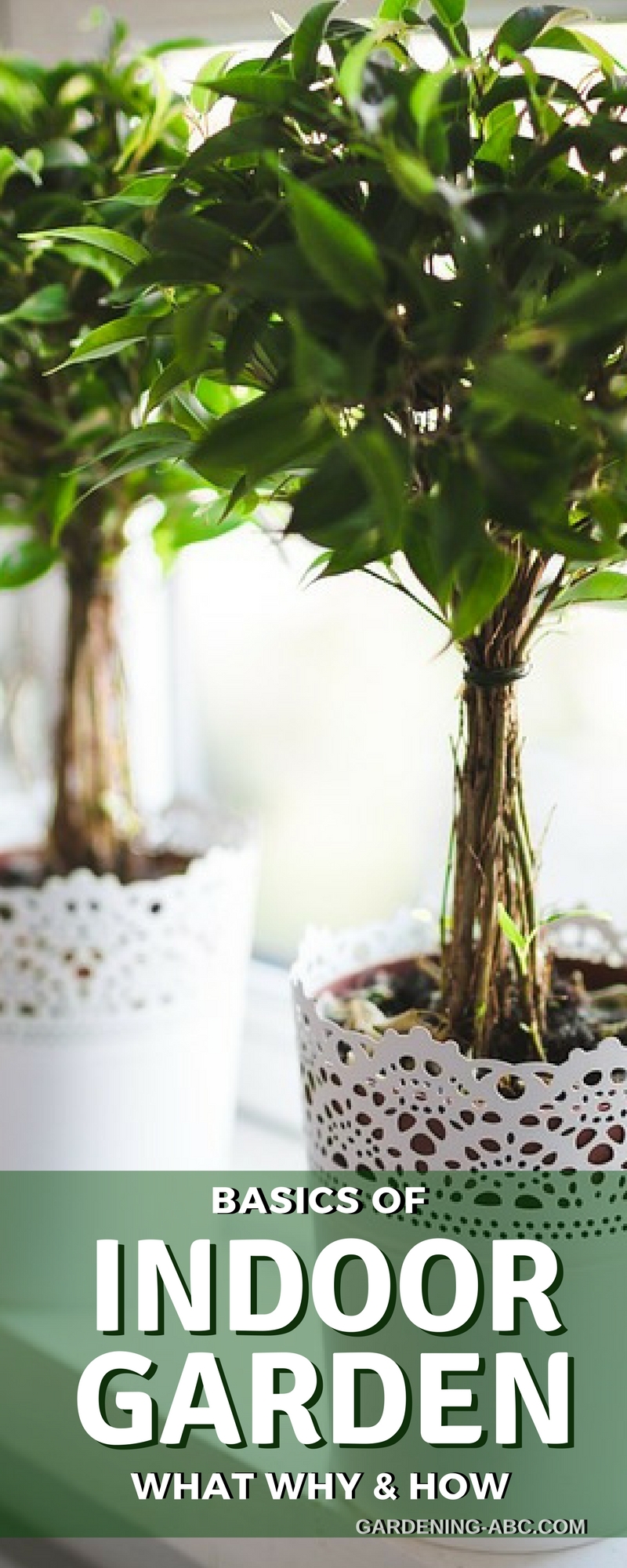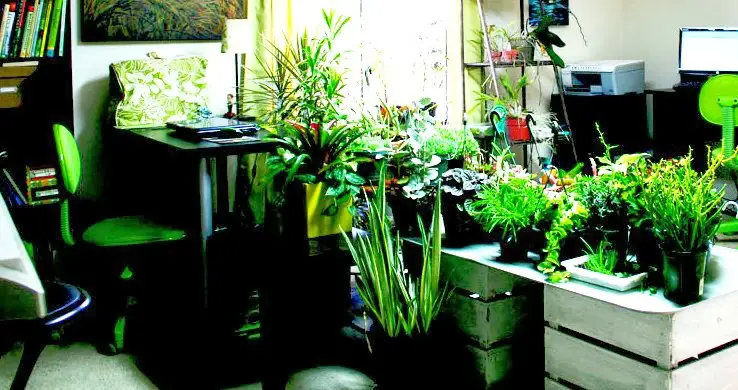We use affiliate links to run our site. When you buy through links on our site, we may earn an affiliate commission, without any added cost to you. Learn more
Almost all the topics we discussed earlier are on outdoor gardening. This is our first initiative towards the indoor garden. Hope you will like this as well. If you have any suggestions, please put them in the comment box.
Now a day’s most of us live in apartments where there is no extra space or even balconies to practice gardening outdoor. So the best solution is to plant indoors.
Even if you have outdoor gardens, adding plants indoors will definitely add a sense of life to your house. Though it is true, you cannot grow all the plants indoors, but there are so many of them which you can try your hands on.
Indoor Garden Checklist:
Light:
But before planting indoors, you need to understand the light condition in your room. Most of the plants need direct sunlight but the amount can vary tremendously from plant to plant.
Some plants even thrive in the absence of direct sunlight. But how much light is the least requirement for growing a plant? The thumb rule is that if you cannot read a book due to darkness, the place is also not suitable for growing a plant.
So prior to planting indoors, you need to first understand some geography.
If your room is south facing; you will receive the maximum amount of direct sunlight. Whereas if your room is north facing you will receive bright light but the chances are that there will be a lack of direct sunlight.
East and west-facing rooms receive morning and evening sunlight, respectively. Now according to your room position choose the plant which is best for the location.
Selection of Plants:
You also need to select the variety of the plant carefully, unlike outdoor gardens; the growing space inside a house is limited. Some plants are also toxic, especially if ingested.
A few have sharp-edged leaves that can hurt. So in case you have pets or toddlers, it is sensible to avoid those plants. But if you are determined to plant those, pick a spot where traffic is lesser.
Soil/Potting Mix:
Soil is an essential component for growing plants. Now, when you are growing plants indoors it is always better to use potting soil in place of traditional garden soil.
Soil is a heterogeneous mixture and it has nutrients, organic matters, air, water, and also living organisms. As you will be growing plants in pots, normal garden soil can create a drainage issue. Garden soil can also bring pests and pathogens to home.
Instead, go for a quality potting mixture like this one that is fairly lightweight but at the same time full of nutrients.
Watering:
Watering your indoor plants is one of the trickiest parts of growing plants indoors. Too little water and your plants will die out of thirst, but if you overwater the plants it can also kill them. So you have to give the plants just the right amount of water.
Always pay attention to the soil as well as the leaves of the plants. Does the soil is still feeling wet, are the leaves turning yellow or drooping? these are some of the things you should look for prior to giving water to your plants.
There are many types of containers that you can use to grow plants, but make sure they have drainage holes in them. Due to a lack of direct sunlight, in most cases, the last thing you can do is to drown them in water.
Add perlite or coco coir with the potting mixes to increase the drainage capacity of the mix so whenever you add more water the excess water will come out from the holes, and you don’t overwater the plants.
There is no hard and fast rule for this. But the plants which stay in direct sunlight will require frequent watering than those which are not. Experiment to find a proper watering schedule.
Airflow:
Air circulation is an essential factor that many of us keep missing when talking about indoor gardening. it is important because with good air circulation around your plants the water will evaporate faster and prevent any mold formation.
It sometimes helps to have a fan switched on that will improve the airflow but if the place is getting enough airflow naturally like in a south-facing window, you don’t need the fan.
Temperature:
An ideal temperature is crucial for plants to grow and thrive. Too hot or too cold temperatures can severely damage your plants.
Having said that, there is no ideal temperature for plants and it varies quite a lot from plant to plant. For most houseplants, a temperature from 21-30 is the most comfortable range.
You can read more about the effect of temperature on plants in this post.
Humidity:
Plants need humidity to survive. the plants that remain in low humidity will lose moisture and eventually die. Ideally, humidity below a level of 40% is potentially harmful to your houseplants. So as an indoor gardener you should make sure that the humidity level inside your house is always more than 40%.
Use a hygrometer like this one to check the current humidity level of your house.
The best way to increase the humidity of your house is to buy a humidifier. I personally like this one here, it also comes with an essential oil diffuser that will aromatize the room.
Alternatively, you can mist water on the plant leaves gently, without making them soaking wet.
Placing your indoor plants on top of humidity trays can also help increase the humidity level around your plants.
Some indoor plants require much more humidity than others; these plants are ideal candidates for the bathrooms.
Pruning:
One of the important parts of practicing good indoor gardening is to prune regularly to keep it in proper shape. We discussed pruning in our article about Bonsai. Click here to check the article.
We will discuss more indoor gardens in the following articles. Please let us know what you think about this article. Your constant feedbacks keep us going.

Amazon and the Amazon logo are trademarks of Amazon.com, Inc, or its affiliates.

HOLA ME ENCANTA,SOY FANATICA DE LAS PLANTAS,ME DEDICO A LOS BONSAIY TODAS LAS PLANTASSSSSSSS LO MIRE TODO POR ARRRIBA LUEGO A LA TARDE ,LO VOY A LEER DETENIDAMENTE,MUCHAS GRACIAS!!!!